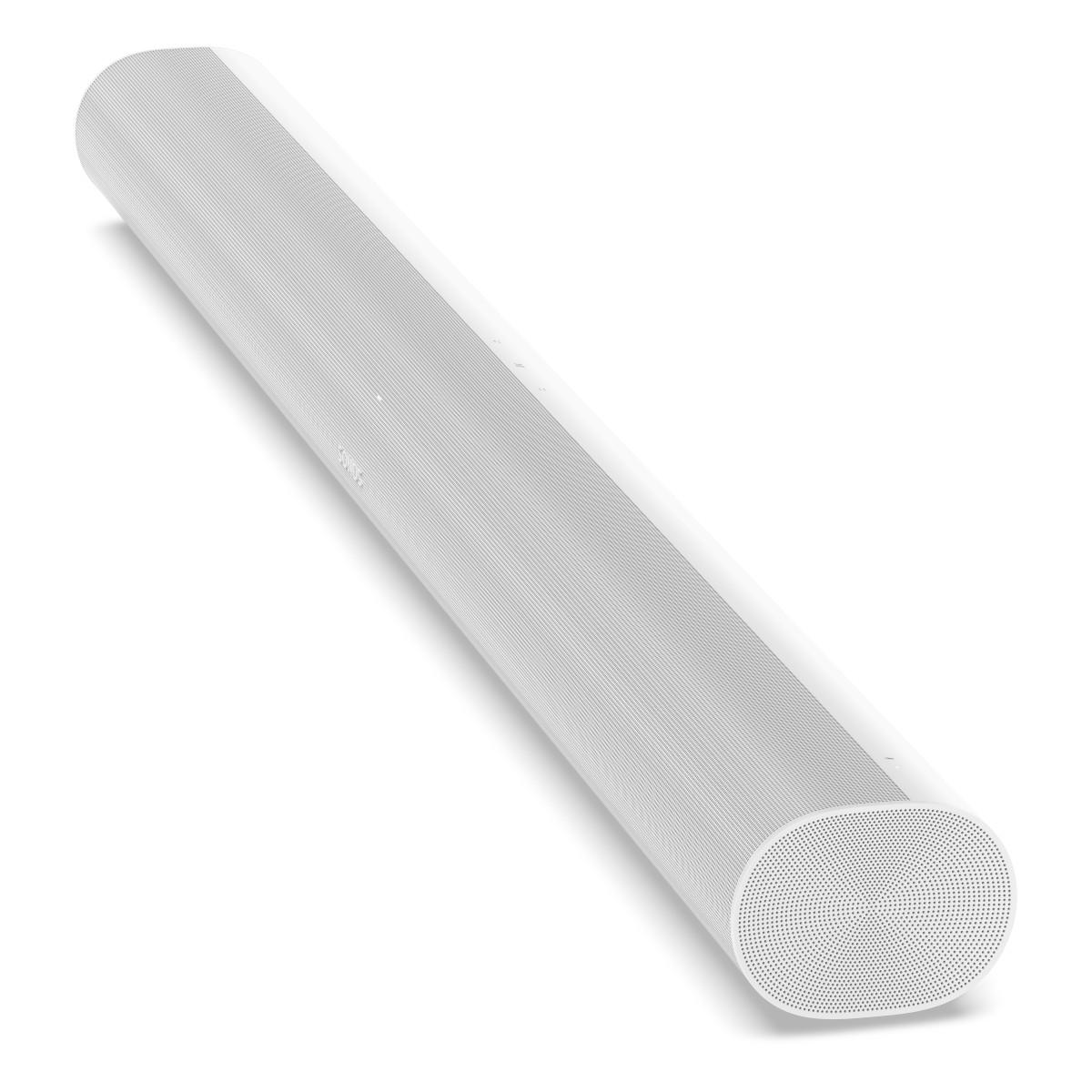
The quest for better TV sound has led many of us to soundbars, but not all are created equal. At the premium end, we find the $564 Sonos Arc and $1,099 Sony BRAVIA Theater Bar 9 - two powerhouses that promise to transform your living room into a home theater. But with a $535 price difference, the question isn't just which is better, but which makes more sense for your needs.
Both soundbars use upward-firing speakers to create Dolby Atmos - that magical "sound from above" effect that makes rain feel like it's falling on your head or helicopters truly fly overhead. However, they take different approaches to achieving this immersion.
The Sonos Arc, released in 2020, employs 11 drivers in a 5.0.2 configuration. In plain English, that means five channels of surround sound, no built-in subwoofer (the .0), and two upward-firing speakers (the .2). This creates a surprisingly effective dome of sound that works especially well in medium-sized rooms with flat ceilings.
The newer BRAVIA Theater Bar 9, launching in 2024, packs 13 drivers in a 7.0.2 setup. Those extra two channels create a wider soundstage - think of it as having two more invisible speakers spreading the sound further to your sides. Sony's 360 Spatial Sound Mapping technology also creates phantom speakers, making it sound like you have speakers where there aren't any.
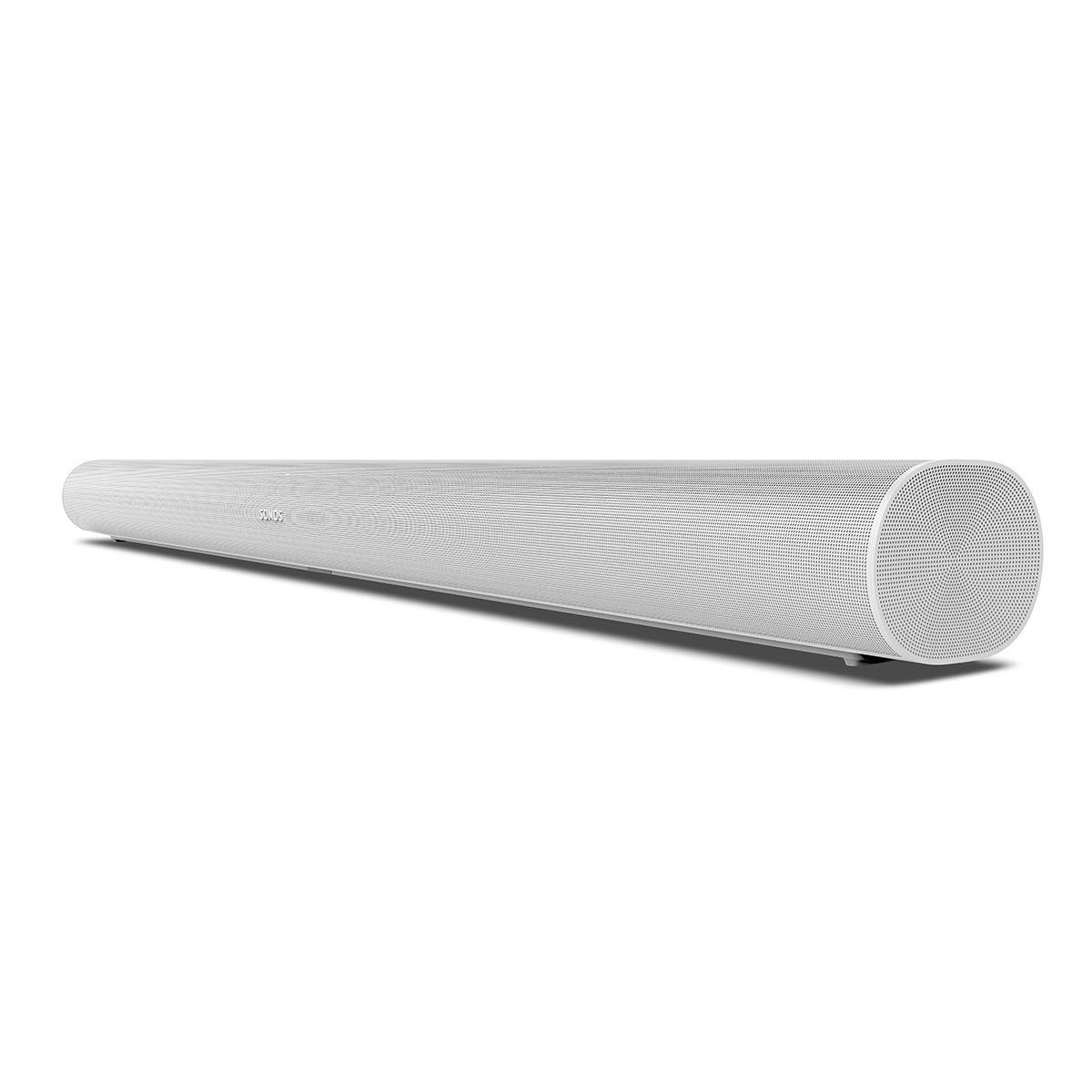
Both soundbars excel with movies, but in different ways. The Arc shines with dialogue clarity - every whispered conversation in tense dramas comes through crystal clear. Its Atmos effects are convincing, though not quite as precise as the Sony's.
The BRAVIA Theater Bar 9 creates a more expansive soundfield. When a car chase moves across the screen, you'll hear vehicles sweep more widely from left to right. Its additional drivers and newer processing technology create more precise placement of sounds in space. During my testing, scenes like the rainstorm in "Blade Runner 2049" felt more encompassing on the Sony.
Here's where personal preference plays a big role. The Sonos Arc produces a warmer, more natural sound that works beautifully with acoustic music and vocals. Its integration with the Sonos ecosystem means you can easily expand to multi-room audio or add a Sub later.
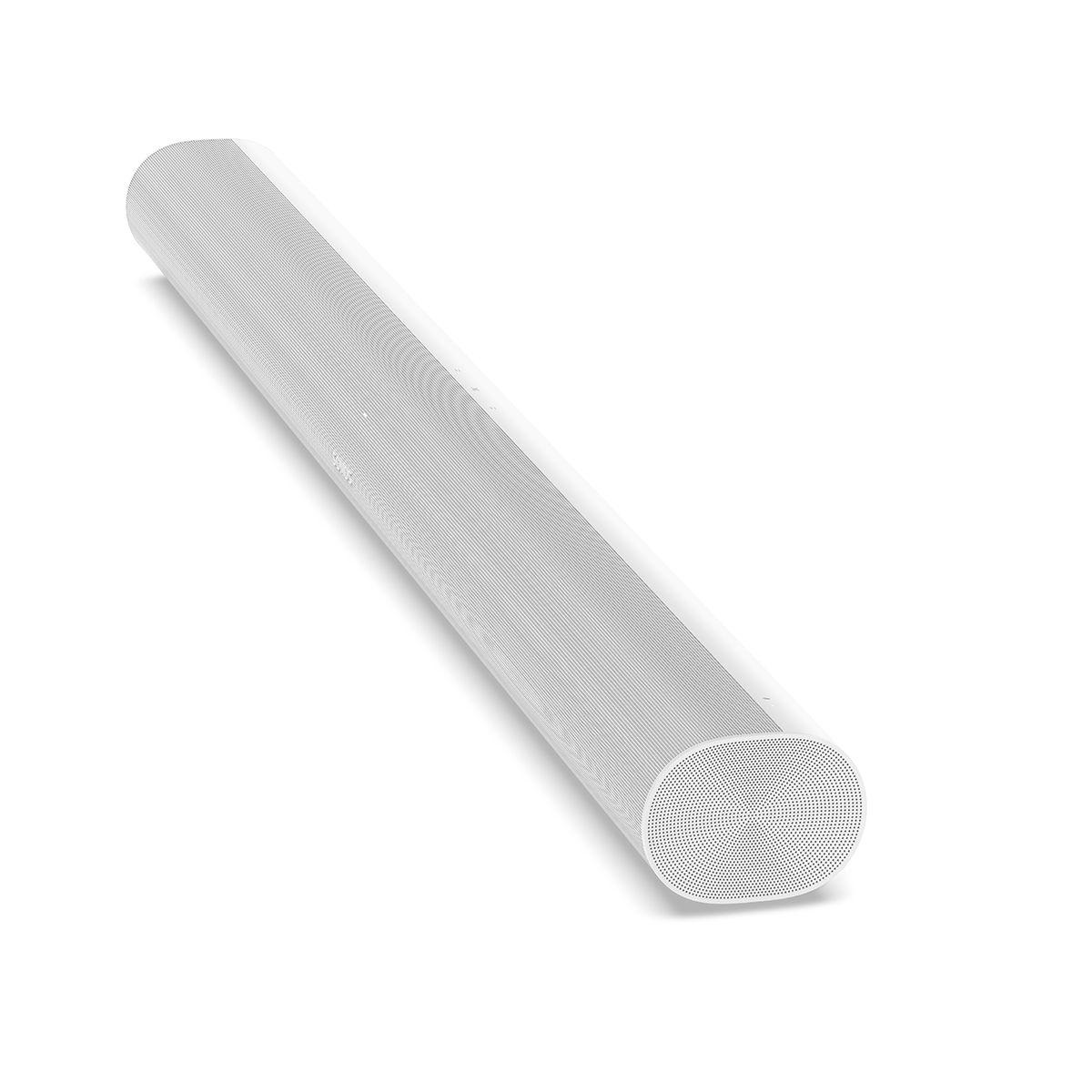
The BRAVIA Theater Bar 9 offers more detail and separation between instruments. Its DSEE Ultimate technology upscales compressed digital music, making streaming services sound better. However, it might sound slightly clinical to those who prefer a warmer tone.
For gamers, the Sony pulls ahead significantly. Its HDMI 2.1 support enables Variable Refresh Rate (VRR) and Auto Low Latency Mode (ALLM) - features that prevent screen tearing and reduce input lag. The Arc handles gaming well enough but lacks these gaming-specific features.
The Arc integrates Google Assistant and Amazon Alexa, turning it into a smart speaker. Its Apple AirPlay 2 support makes streaming from iOS devices seamless. The Sonos app remains one of the best in the business, offering intuitive control and excellent multi-room capabilities.
Sony focuses more on TV integration, especially with BRAVIA televisions. The soundbar appears in your TV's settings, and you can control everything with one remote. While it supports voice assistants, the implementation isn't as seamless as Sonos'.
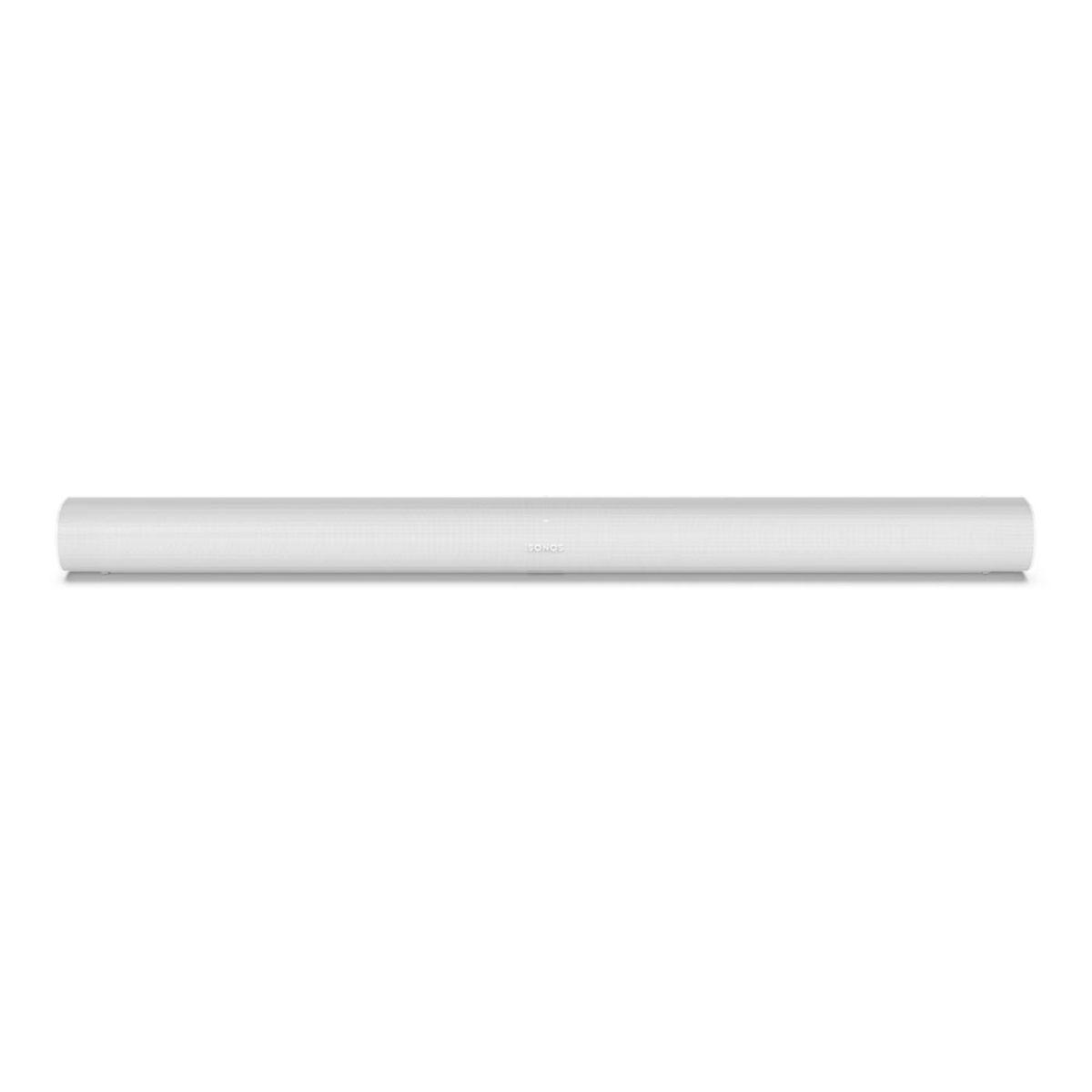
The Arc, despite being older, has received numerous software updates improving its performance. Sonos' commitment to software development means the Arc sounds better today than at launch.
The BRAVIA Theater Bar 9 benefits from newer hardware, including more advanced digital signal processing and Sony's latest spatial audio algorithms. Its 360 Spatial Sound Mapping represents a significant advance over previous virtual surround technologies.
At $564, the Arc delivers remarkable performance for the price. Its sound quality, ecosystem integration, and regular updates make it an excellent value for most users. The ability to expand the system later (adding a Sub or rear speakers) provides flexibility.
The BRAVIA Theater Bar 9's $1,099 price tag requires more justification. You're paying for newer technology, more drivers, and more sophisticated processing. For serious home theater enthusiasts or gamers, these advantages might be worth the premium.
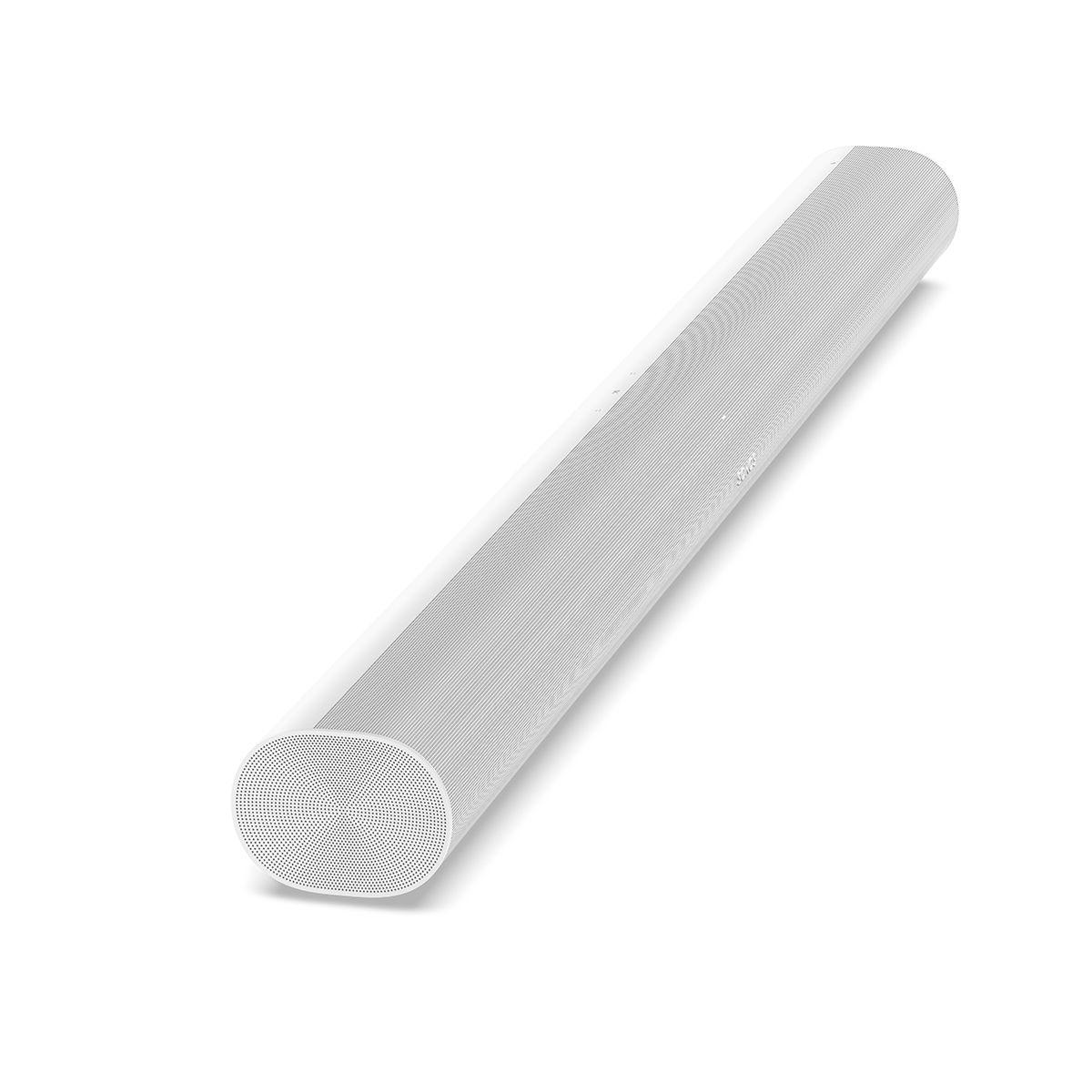
Choose the Sonos Arc if:
Choose the Sony BRAVIA Theater Bar 9 if:
Both soundbars represent the premium end of the market, but they serve different users. The Sonos Arc remains a fantastic value for most users, while the BRAVIA Theater Bar 9 pushes the boundaries of what's possible in a single soundbar - if you're willing to pay for it.
Remember: room acoustics play a huge role in soundbar performance. Consider your space and ceiling height when making your decision. Either way, both options will dramatically improve your TV audio experience.
| Sonos Arc | Sony BRAVIA Theater Bar 9 |
|---|---|
| Price - Key consideration for value assessment | |
| $564 (excellent value for features offered) | $1,099 (premium pricing reflects newer tech) |
| Channel Configuration - Determines soundstage width and immersion | |
| 5.0.2 channels (good for medium rooms) | 7.0.2 channels (better for larger spaces) |
| Speaker Drivers - More drivers generally mean better sound separation | |
| 11 drivers (3 tweeters, 8 woofers) | 13 drivers (5 tweeters, 8 balanced drivers) |
| Dolby Atmos Support - Enables overhead sound effects | |
| Yes, via two up-firing speakers | Yes, with enhanced spatial mapping |
| Additional Audio Formats - Impacts content compatibility | |
| Dolby Digital, TrueHD, Multichannel PCM | Dolby Atmos, DTS:X, 360 Reality Audio |
| Smart Features - Affects ease of use and integration | |
| Built-in Alexa/Google, AirPlay 2, Sonos app | BRAVIA Sync, Spotify Connect, AirPlay |
| Gaming Features - Important for console gamers | |
| Basic audio support only | HDMI 2.1, VRR, ALLM support |
| Room Calibration - Optimizes sound for your space | |
| Trueplay (iOS devices only) | Sound Field Optimization (any device) |
| Multi-room Capability - Enables whole-home audio | |
| Excellent (full Sonos ecosystem) | Limited (Sony-specific features) |
| Physical Dimensions - Consider your TV size and space | |
| 45" x 3.4" x 4.5" (compact design) | 51.25" x 2.6" x 4.5" (wider coverage) |
| Connectivity Options - Affects system flexibility | |
| HDMI eARC, Optical, WiFi | HDMI in/out (eARC), Optical, WiFi, Bluetooth 5.2 |
| Expandability - Future upgrade potential | |
| Compatible with Sonos Sub and surrounds | Optional wireless rear speakers |
The $1,099 Sony BRAVIA Theater Bar 9 offers superior movie performance with more precise spatial audio and better action sequence handling. However, the $564 Sonos Arc still provides excellent movie sound quality at a lower price point.
If you want the absolute best in spatial audio and have a larger room, the BRAVIA Theater Bar 9 is worth the premium. For most users, the Sonos Arc provides excellent value and sufficient performance.
Both perform well, but the Sonos Arc is particularly praised for its dialogue clarity, making it excellent for TV shows and movies with lots of conversation.
Yes, both soundbars can be expanded. The Sonos Arc works with the Sonos Sub, while the BRAVIA Theater Bar 9 is compatible with Sony's wireless subwoofers.
The Sonos Arc offers a warmer, more natural sound preferred by many for music. The BRAVIA Theater Bar 9 provides more detailed separation but can sound slightly clinical.
Both work with any TV with HDMI ARC/eARC. The BRAVIA Theater Bar 9 offers additional features when paired with Sony BRAVIA TVs.
The BRAVIA Theater Bar 9 is superior for gaming with HDMI 2.1 features like VRR and ALLM. The Sonos Arc handles gaming adequately but lacks gaming-specific features.
Yes, both soundbars can be wall-mounted and include mounting options in their packages.
The Sonos Arc offers better smart features with built-in voice assistants and superior app control. The BRAVIA Theater Bar 9 focuses more on TV integration.
Both soundbars work best with flat ceilings between 7-14 feet. Lower or vaulted ceilings may reduce Atmos effectiveness.
The BRAVIA Theater Bar 9 performs better in larger rooms due to its 7.0.2 channel configuration and more powerful drivers.
Yes, both support streaming. The Sonos Arc uses WiFi and AirPlay 2, while the BRAVIA Theater Bar 9 adds Bluetooth connectivity.
We've done our best to create useful and informative comparisons to help you decide what product to buy. Our research uses advanced automated methods to create this comparison and perfection is not possible - please contact us for corrections or questions. These are the sites we've researched in the creation of this article: whathifi.com - soundandvision.com - en.community.sonos.com - cnet.com - worldwidestereo.com - abt.com - creativeaudio.net - target.com - sonos.com - worldwidestereo.com - businessinsider.com - en.community.sonos.com - youtube.com - rtings.com - residentialsystems.com - rtings.com - bestbuy.com - valueelectronics.com - sony.com - sony.co.uk - sony.co.uk - rtings.com - sony.co.in - sony.com - pocket-lint.com - sony.com - crutchfield.com